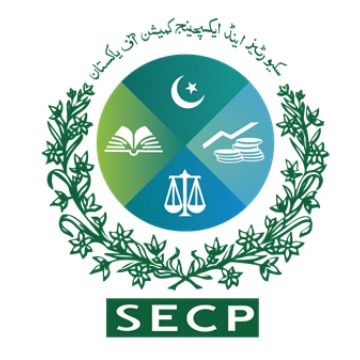Regulator becomes a threat to threat to entire financial eco system
Staff Report
ISLAMABAD: The Securities and Exchange Commission of Pakistan (SECP) is once again under fire for its prolonged failure to finalize the liquidation of Innovative Investment Bank Limited (IIBL), leaving depositors trapped for more than a decade despite court directives and mounting public criticism.
The case, which has become a symbol of regulatory inertia, dates back to 2010 when IIBL’s financial irregularities and solvency breaches triggered intervention. The SECP’s winding-up order, signed by Executive Director Asif Jalal Bhatti on September 22, 2010, was later accepted by the Lahore High Court on May 2, 2013.
Winding-up orders were issued, but fifteen years later, substantial amounts remain frozen, eroding in value and devastating depositors.
According to reports, depositors have staged protests against the SECP, accusing it of ignoring the court’s directions to expedite recovery. Many have alleged that the regulator’s sluggish pace has protected influential stakeholders while ordinary citizens face financial ruin.
SECP’s records acknowledge that it organised a partial disbursement in May 2016. Joint liquidators were formally appointed in November 2016. Still, critics argue that isolated payouts only underscore the regulator’s inability to conclude liquidation and settle the full frozen amount. A ceremony does not compensate for a decade of inaction, which bankrupted many families, a depositor said.
Between 2016 and 2020, the liquidators disbursed over Rs. 66 million across four tranches, but many claims remain unsettled. In 2017, the Finance Minister handed over cheques worth Rs 1.1 billion to depositors, with the government claiming 84% of individuals and 59% of charitable institutions were fully repaid. Yet, 17 individuals and 18 institutions were still only partially paid as of the last update.
Financial experts have repeatedly warned that such delays erode the value of recoverable assets, making eventual payouts smaller and liquidation costs higher.
The regulator has consistently defended itself by invoking the “sub judice” argument, telling journalists that because the matter is before the courts, it cannot comment publicly on it. But sources say other regulators, such as the SBP, have historically acted far more decisively within similar legal constraints.
In the past, the Senate Standing Committees have repeatedly summoned SECP officials over the IIBL saga, with parliamentarians demanding explanations for why court orders have not been fully implemented.
Senior lawyers describe the case as a systemic breakdown in regulatory accountability, arguing that SECP’s delays show a pattern of weakness in enforcement. Some depositors allege that political and corporate influence have shaped the regulator’s hesitant approach. However, such claims are difficult to verify.
For affected families, the impact is deeply personal. It has been more than a decade. We have exhausted savings, our children’s education has suffered, and yet the SECP has no timeline, said a depositor.
The situation has raised wider questions about the credibility of Pakistan’s regulatory framework. The persistence of such unresolved issues undermines trust in institutions meant to safeguard investors. Calls to the SECP director of public relations for a comment went unanswered.

